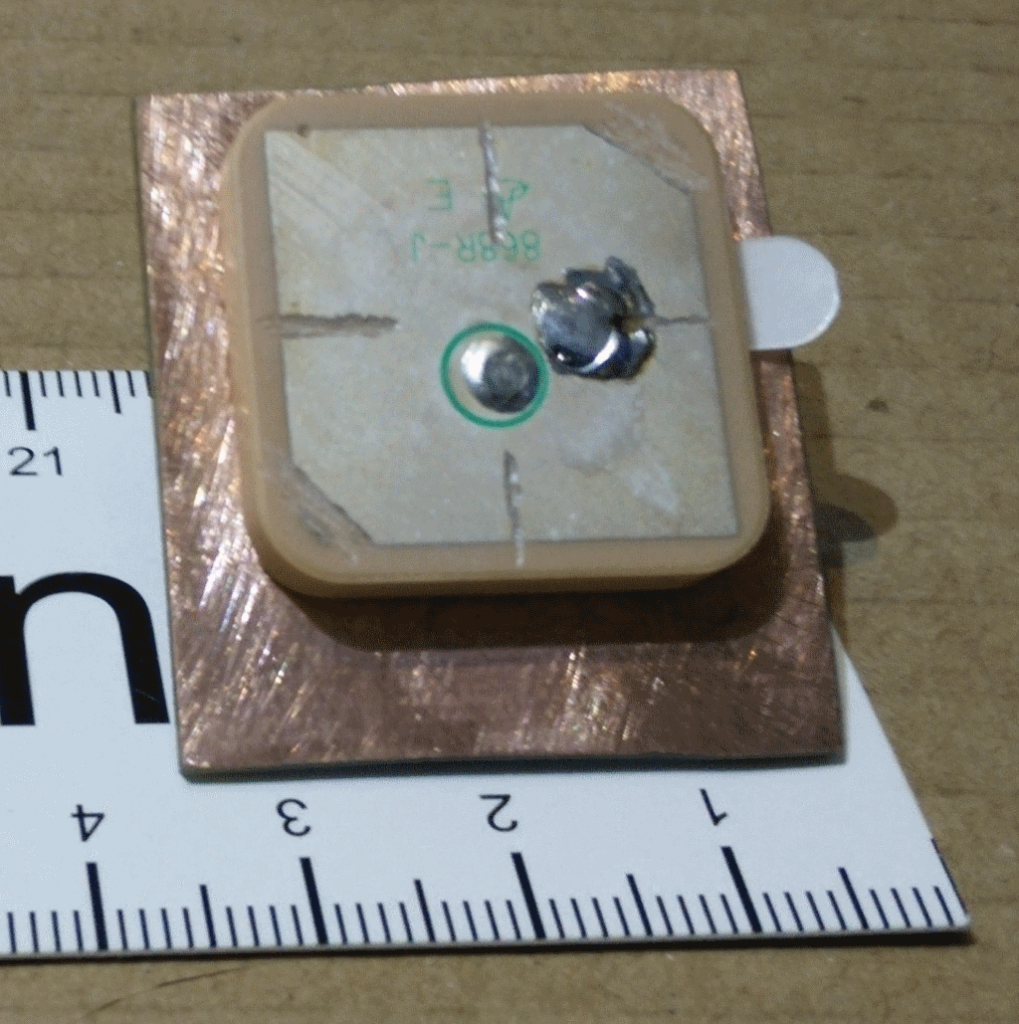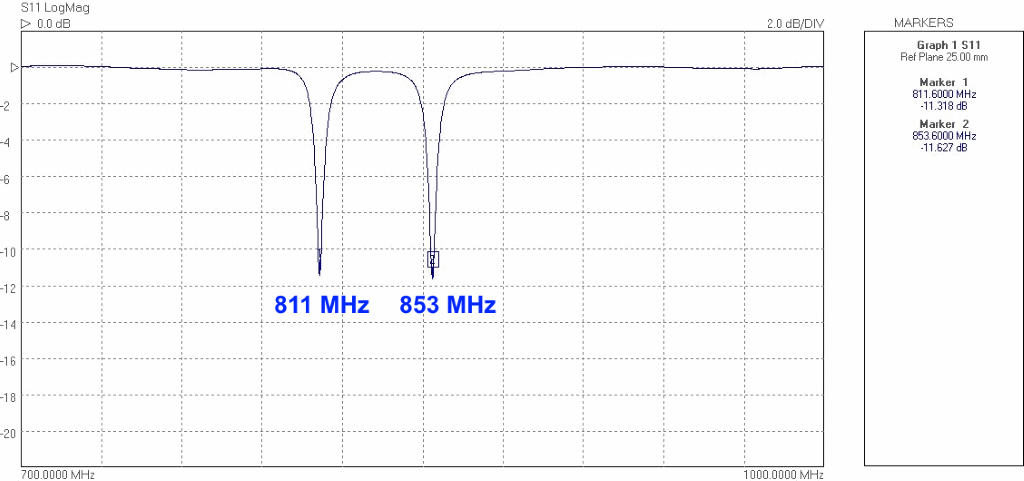Embedded LPWAN & NB-IoT antenna consideration
On first quick look the choosing of the right integrated antenna for LPWAN & NB-IoT looks easy. In comparison to the large number of LTE bands the selection is simple because LPWAN (e.g. LoRaWAN, Sigfox, Weightless N) and NB-IoT (EC-GSM and NB-IoT) are on 900 MHz. There is no need for dual band 900 MHz and 1800 MHz or even multi band antennas like for standard LTE. There are two sides to every coin. You have to look closely at the data sheet of the 900 MHz antenna.
- What is the centre frequency?
- How big is the – 6dB bandwidth?
- Does it already cover the – 10 dB bandwidth?
- What is the gain and the antenna efficiency?
LPWAN and NB-IoT claim to offer 10 years operating from two AA-cells. To achieve the strange goal, there is no space for wrong selected antennas or wrong matched antennas. Any antenna design mistake will lead in shorting the 10 years stand by time for sure. As better the antenna, as lower the path loss, as longer will be the stand by time or as smaller will be the battery. May two AAA cells or even a coin cell battery can do the job.
Looking very closely at the data sheet includes taking a close look at the size of the reference ground plane of the LPWAN / NB-IoT antenna evaluation kit. The lower the lowest frequency, the greater must be the PCB area. This is common for all embedded monopole antennas. Nobody can cheat the physics. At GSM or LTE some antennas are specified to a 120 mm long ground plane. Other antennas are specified on a ground plane length of 100 mm. On LPWAN and NB-IoT we will find the same situation. When comparing data sheets, you should do so with the same length of ground plane. If this is not possible, then only a test set-up will help. The test set-up will contain at least a blank PCB with the 900 MHz antennas you wish to compare and, if available, also with the battery. The battery is a large rolled metal surface and increases the ground plan or does exactly the opposite acting as a notch filter to absorb your RF energy. The plastic enclosure with its Epsilon R will change the Radiation Pattern as well. The evaluation kits of the antenna manufacturers are usually tested in free space. But if the plastic contains foreign materials, in extreme metal or carbon, then the measurement result will be frighteningly bad.
In theory you can use any GSM quad band antenna, because the GSM 900 band plus GSM 850 band overlap the 900 MHz bands for LPWAN or NB-IoT. As smaller the bandwidth to cover, as easer you can reach a 10 dB Return bandwidth. The next few lines show a proposal for a very selective ceramic patch antenna with 4 dBi gain.
Example for a selective LPWAN antenna on small ground plane
-
Antenna type: Ceramic Patch (special timing)
-
Frequency range: 811 MHz and 853 MHz (or customized)
-
Return Loss: 11 dB at centre frequency
-
Dimensions (mm): 25 x 25 x 4 ceramic patch on (mm) 30 x 30 ground plane
-
Connector type: Coax cable with U.FL or wireless module on back side of the enclosure.
-
Option for customisation any pair of frequencies in 800/900 MHz band
The 900 MHz ceramic patch antenna shows two resonate frequencies. The antenna will be very selective as well. If you combine it with a LoRa, Weightless or Sigfox module, then LTE channels or GSM channels or even further LoRa, Weightless or Sigfox modules close to the two centre frequencies will not interfere. This will avoid receiver blocking.
Embedded 900 MHz antenna test set up
If you do not have a final plastic enclosure, then order just some plastic plates in same material, same thickness and same Epsilon R, cut the plates and glue them together. This fake enclosure is better than testing with no enclosure. The distance of the 900 MHz antenna to the plastic should be almost the same as with the final enclosure. The aim of this basic measurement will be to detect the bandwidth and resonance frequency.
If you have a need for a customised antenna or a proposal which of the shelf antenna to select then do not hesitate to drop an email to harald.naumann (at) gsm-modem.de


1 Comment
Add a Comment